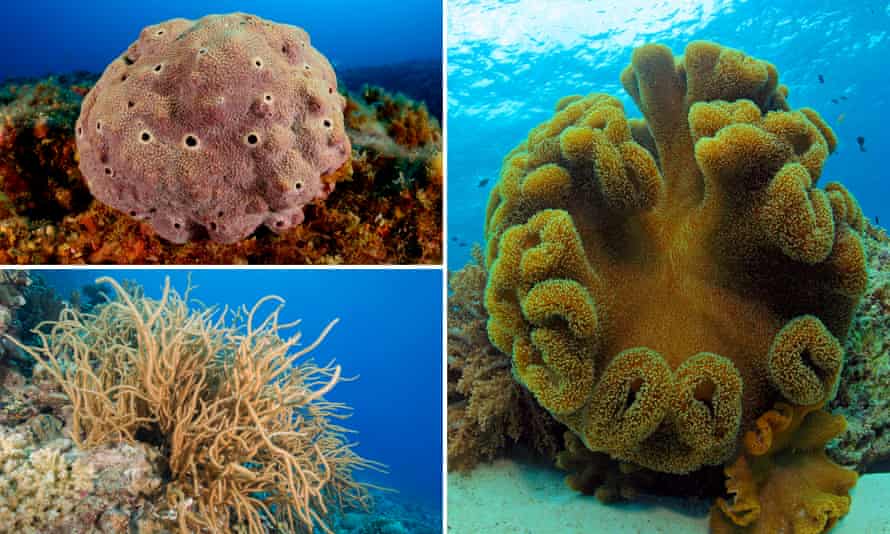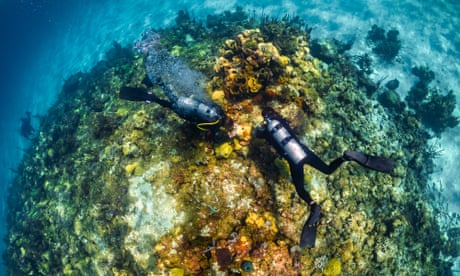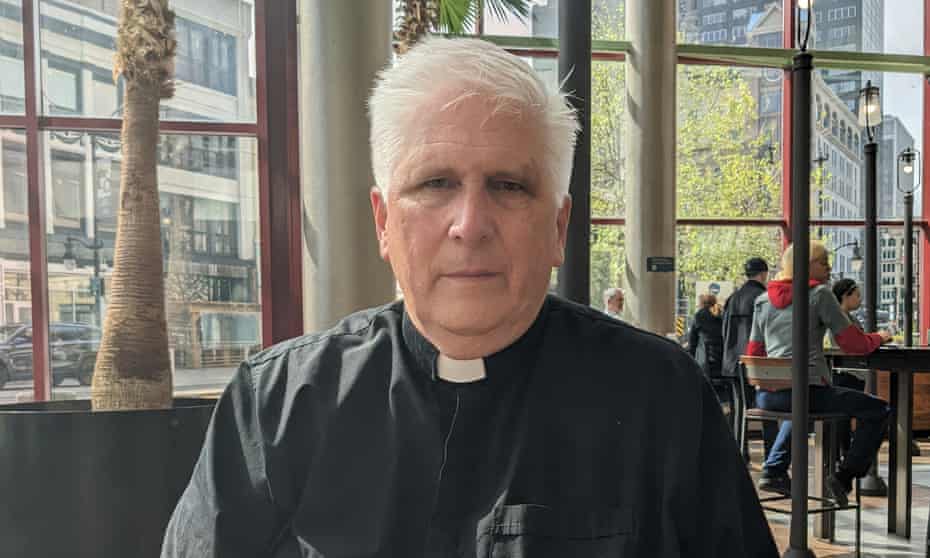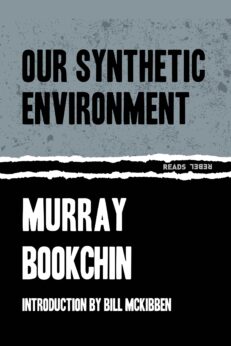By Fred Topel

George Carlin poses in one of his own photos.
LOS ANGELES, May 19 (UPI) -- George Carlin's daughter, Kelly, said her father's work was always about personal growth, as much as artistic growth, an evolution depicted in the documentary George Carlin's American Dream, premiering Friday on HBO.
"He was aware of that evolution," Kelly said in a recent Television Critics Association Zoom panel.
The two-part documentary, directed by Michael Bonfiglio and produced by Judd Apatow, chronicles the late George Carlin's comedy career. He began as half of a duo with Jack Burns and then performed clean bits on TV variety shows in the '60s.
In the '70s, Carlin evolved into the raunchy standup who'd talk about the seven words you cannot say on television. His material frequently addressed religion and political issues like abortion.
"He went from a very mainstream, clean comic, to the counterculture guy, to sort of his final incarnation in the late '80s until he died of heart failure in 2008," Bonfiglio said. "That evolution as an artist and as a human being is really a lot of what comprises the film."
Carlin's evolution encompassed drug use and family discord. American Dream explores his addiction to cocaine, and his wife, Brenda Carlin's, alcoholism. She died in 1997 of liver cancer.
"He was trying to be a good father and a good husband during the '70s when things were pretty out of control," Apatow said. "It really is a story of someone who's trying to keep their comedy evolving while trying to be a good person."
Kelly Carlin wrote about growing up with her parents in her book, A Carlin Home Companion. She said American Dream addresses some of her experiences, too.
"He was a guy who was on the road a lot," Kelly Carlin said. "He missed a lot of my recitals and a lot of my events, but we were very close emotionally."
She said her father kept her and her mother out of his act, noting that the personal side of her father will be the most surprising material in American Dream.
"Unless you happen to read my book or my dad's autobiography, and not a lot of people have, this is going to be the big stage for this man," Kelly Carlin said. "I'm thrilled to bring the human George Carlin forward through this project."
George Carlin died of heart failure in 2008 at age 71.
The comedian's history encompasses much of America's political history, as he addressed ongoing issues onstage. American Dream points out that his targets were frequently authority figures like the church or politicians.
"He never believed in punching down," Kelly Carlin said. "He always fought for the underdog and tried to lift the underdog up -- or anyone else who was oppressed by the system."
In some cases, he got ahead of major issues. The filmmakers said he was talking about pharmaceutical companies and the environmental crisis in the '70s, long before they were mainstream issues.
"It's really shocking how many subjects he has the best routine about and the best insight about," Apatow said. "Even though some of this material is decades old, it really applies to all of the divisions and the problems that we're seeing right now."
American Dream also includes much of George Carlin's story in his own voice. Apatow said the comic had recorded 23 hours of his autobiography. The print edition, Last Words, was published posthumously in 2009.
The documentary also includes studio footage of George Carlin talking directly to the camera. Apatow also had access to personal archival material.
"There's notebooks and Post-it notes with all these phrases and ideas, and we show a lot of it in the film," Apatow said.
"What we try to explore is the type of personality that loves language and loves words, and he really worked harder than, I think, any comedian in the history of comedy at writing and crafting."















 Manufacturers are either intentionally or unintentionally adding chemicals to packaging, said a report co-author. Either way, many of those chemicals are ending up in the human body, he said. Photograph: Sergio Azenha/Alamy
Manufacturers are either intentionally or unintentionally adding chemicals to packaging, said a report co-author. Either way, many of those chemicals are ending up in the human body, he said. Photograph: Sergio Azenha/Alamy




